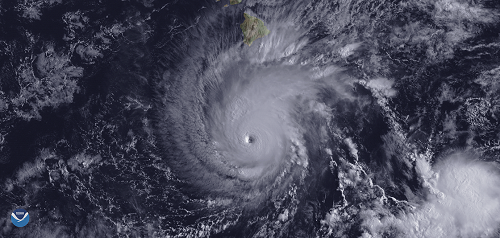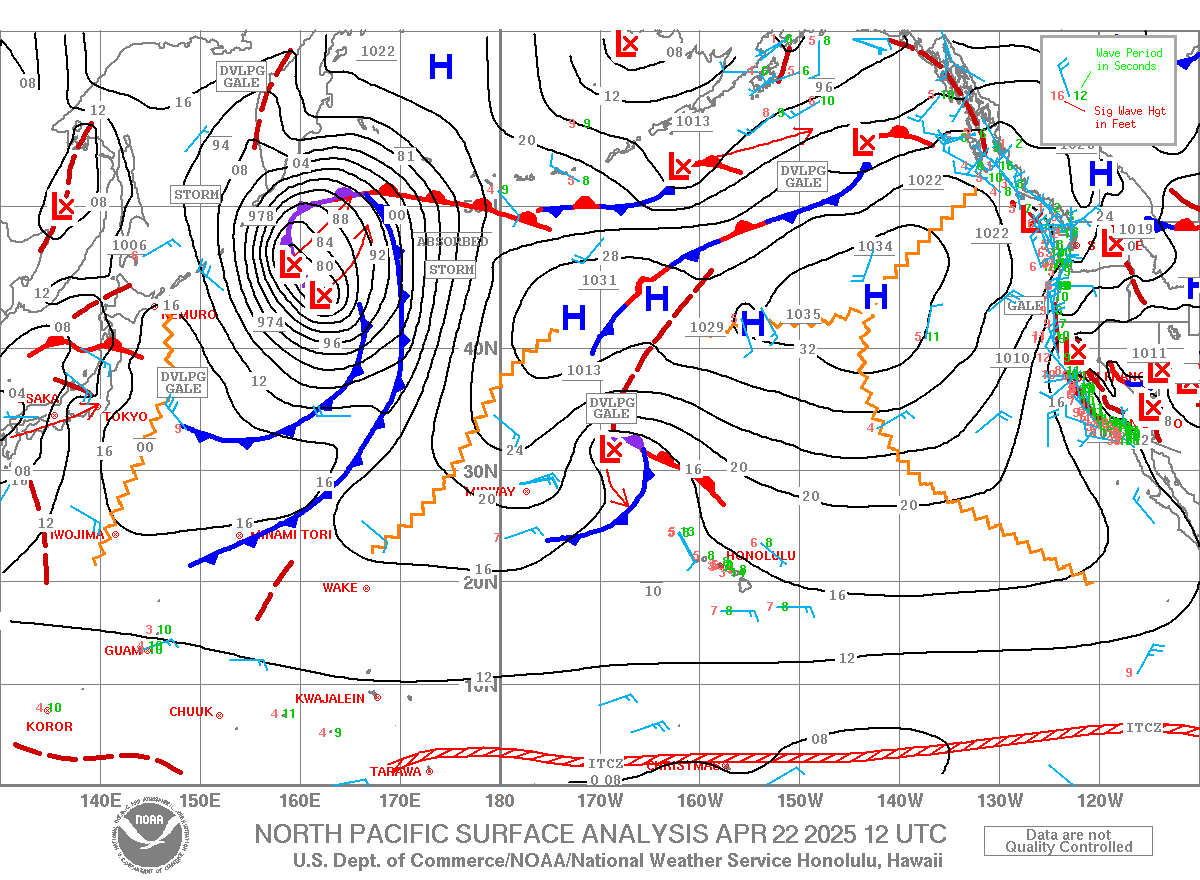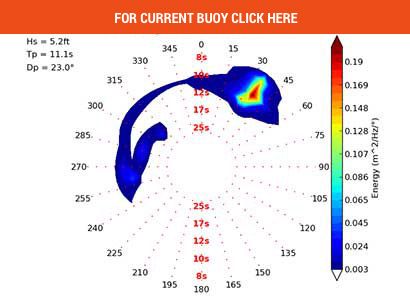
NOAA Image Aug 22, 2018 of Hurricane Lane ! 300 miles South of the Big Island.
“NOAA’s Central Pacific Hurricane Center announced (recently) there is a 70% chance of above-normal tropical cyclone activity during the central Pacific hurricane season this year.
The 2019 outlook also indicates a 20% chance of a near-normal season and only a 10% chance of a below-normal season.
For the season as a whole, 5 to 8 tropical cyclones are predicted for the central Pacific hurricane basin. This number includes tropical depressions, named storms and hurricanes. A near-normal season has four to five tropical cyclones, and an above-normal season has six or more tropical cyclones.
“This outlook reflects the forecast for El Nino to likely continue through the hurricane season. Also, ocean temperatures in the main hurricane formation region are expected to remain above-average, and vertical wind shear is predicted to be weaker-than-average,” said Gerry Bell, Ph.D., NOAA’s lead seasonal hurricane forecaster at the Climate Prediction Center, which collaborated on this outlook. Bell added, “All of these conditions point to an above-normal season.”
El Nino decreases the vertical wind shear over the tropical central Pacific, which favors more and stronger tropical cyclones. El Nino also favors more westward-moving storms from the eastern Pacific into the central Pacific.
This outlook is a general guide to the overall seasonal hurricane activity in the central Pacific basin and does not predict whether any of these systems will affect Hawaii. The hurricane season begins June 1 and runs through November 30.
“As we prepare for another active hurricane season in the central Pacific, we urge everyone to have an emergency plan now, so that you are ready for the devastating impacts that a tropical cyclone could bring to the State of Hawaii,” said Chris Brenchley, director of NOAA’s Central Pacific Hurricane Center. “It is essential that you know where and how to get official information, even in the event of a power failure, and that you have your emergency supply kit ready well before any storms threaten.”
NOAA’s Central Pacific Hurricane Center continuously monitors weather conditions, employing a network of satellites, land- and ocean-based sensors, and aircraft reconnaissance missions operated by NOAA and its partners. This array of data supplies the information for complex computer modeling and human expertise, which are the basis for the center’s storm track and intensity forecasts that extend out five days”.
Check the Central Pacific Hurricane Center’s website throughout the season for the latest watches and warnings, and visit the National Weather Service and FEMA’s Ready.gov for hurricane preparedness tips.





















